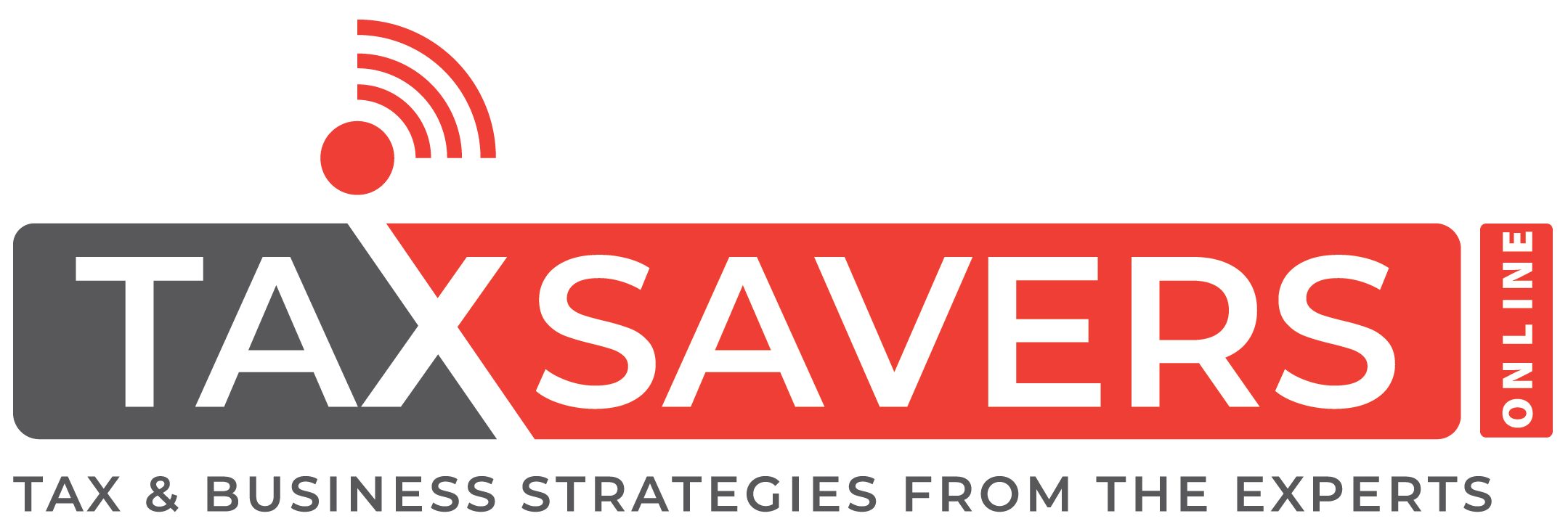If you want to reduce the amount of tax that you pay each year, the most obvious way to do so is to reduce your taxable income.
And if you want to learn just how to do so, you’ve certainly come to the right place.
In this article, we’re going to cover a number of different ways to reduce your taxable income.

And by the end of the article, when you get to the wrap up, you’ll likely have identified one or two strategies that will work for you.
If you’re really savvy, you can bring your tax bill down to zero, even if you consider yourself to be a high earner.
Please feel free to scroll ahead to any section that jumps out at you. Here goes!
Contents
Different Ways To Reduce Your Taxable Income
Let’s get straight to the nitty-gritty. Here follows some quick guides on different ways to reduce your taxable income…
Contribute To A Retirement Savings Plan E.G. A 401(k) Or IRA
Contributing to a retirement savings plan makes good financial sense, even if you weren’t doing so simply to reduce taxable income.
As we know, as people get older their health deteriorates, and you have to consider the possibility that you will not be able to continue working until the day you die.
So when the time comes for you to retire, it’s always good to have money set aside to live off to supplement any social security benefits you may be entitled to.
Two of the most popular retirement savings plans in the US are the 401(k) and the traditional IRA.
401(k)
The 401(k), for those of you who don’t already know, is a tax-advantaged investment account, and is a great way to save up for retirement…
You can make contributions to the pot as pre-tax contributions from your paycheck. Any money retained in the pot when you hit retirement age can then be given to you in distributions as retirement income.
And while you remain at work, your taxable income is subsequently reduced.
When this article was written, 401(k)s had an annual contribution limit of $20,500, and the average return between 5 and 8 percent.
Traditional IRA
The acronym IRA stands for Individual Retirement Arrangement. It works a little differently to a 401(k).
Custodians of traditional IRAs, such as commercial banks, place all the invested funds into different investment vehicles, as per the account holder’s instructions, based on what’s available.
Traditional IRA contributions can be deducted from an individual’s tax return, thus reducing their taxable income.
When this article was written, traditional IRAs had a contribution limit of $6,000, and an average return of 10.8%, which is notably higher than that of a 401(k), but sadly you can’t put as much money in one.
So, although it can be riskier than a 401(k), you typically get a better return on your investment.
Enroll In An Employee Stock Purchasing Program

If you happen to work for a publicly traded company, you may have the opportunity to enroll in an Employee Stock Purchase Plan (ESPP).
An ESPP is basically a way of buying stocks in the company you work for at a discounted rate that’s only offered to employees.
When you enroll in an ESPP, money is diverted from your paycheck to pay for your stocks. You choose how much you want to contribute.
People usually contribute between 1 and 10 percent of their paycheck, and the discount offered is usually around 15%.
The tax advantage of enrolling in an ESPP comes into play when you decide to sell your shares.
If you decide to sell later rather than immediately, you pay a lower long-term capital gains tax, thus reducing your tax burden.
Enrolling in an ESP is not quite as advantageous as saving and/or investing for retirement, so be sure to have your retirement account set up before signing up to other schemes such as this.
Contribute To A Health Savings Account (HSA)
As you may imagine from the name, a Health Savings Account or HSA is a medical savings account. And interestingly, it comes with a triple tax advantage…
Funds can go into an HSA entirely tax-free, and they grow tax-free, and withdrawals can be made entirely tax-free for qualifying medical expenses.
A great way to reduce your taxable income. What’s more, any unused funds get rolled over to the next year.
When this article was written, you could contribute up to $3,650 as a single person, $7,300 for a family, and you can add a further $1,000 if you happen to be 55 years of age or more.
Contribute To A Flexible Spending Account (FSA)
Some employers offer Flexible Spending Plans or FSAs intended to cover certain out-of-pocket health care costs.
It can be used for both prescription and over-the-counter medicines, as well as medical equipment and dental work.
These plans allow you to put money aside with every paycheck, and you don’t pay any taxes on this plan, thus reducing your taxable income.
When this article was written, you could put up to $2,850 per year per employer into an FSA. If you have sufficient funds, you can carry up to $570 to the following year.
Wrap Up
So, there you have 4 different ways of reducing your taxable income, and as a result reducing your tax burden at the same time.
What’s more, all of the methods presented in this article not only reduce your tax burden when you come to file your annual tax return, but they also come with other benefits besides, primarily financial benefits, in both the short term and the long term.
Please don’t feel like you have to choose just one method – more savings can be made if you take a multi-prong attack.
For example, you are perfectly entitled to hold more than one retirement plan, so why not sign up for both a 401(k) and a traditional IRA?





